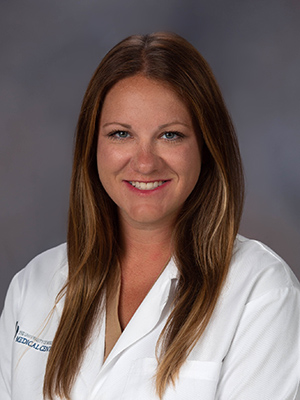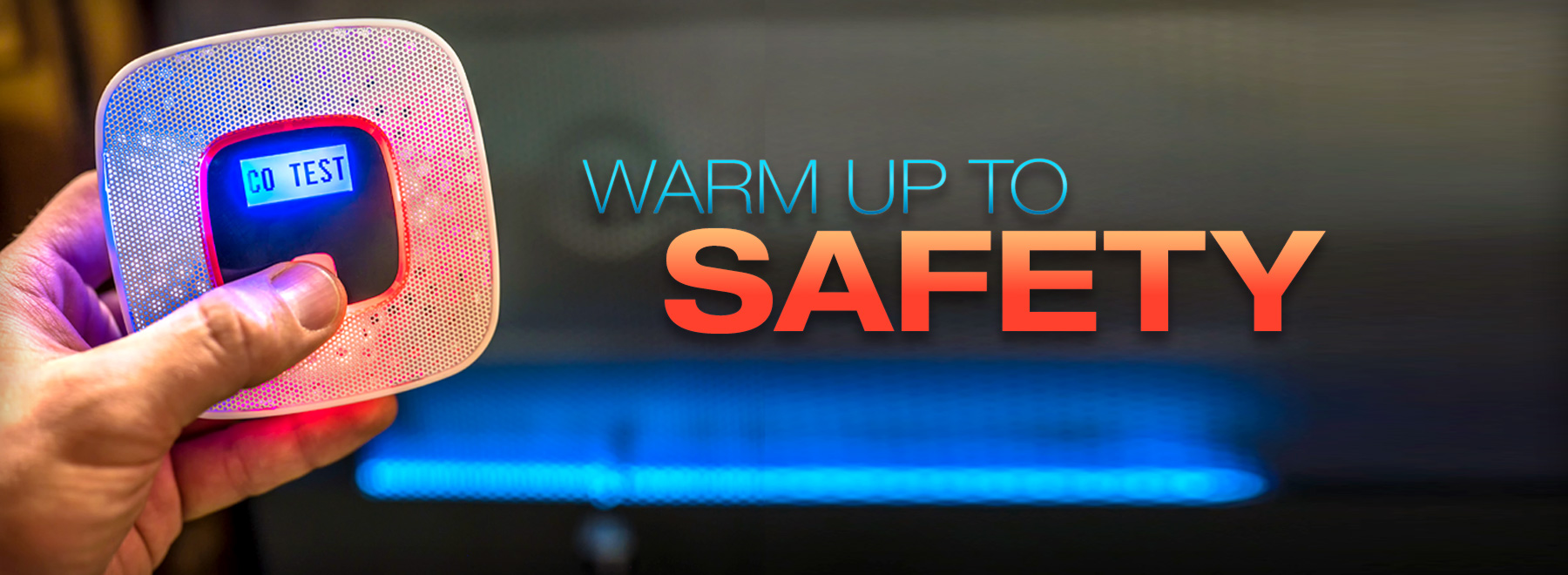Beware of hazards when heating your home
These are some of the sights and sounds of winter: howling winds, crunching footsteps, chattering teeth – and blaring emergency vehicles in the night.
Whenever temperatures go down, the frequency of alarm bells shoots up.
This is the season of carbon monoxide poisoning and fire, the winter’s evil yin and yang of household hazards. Fires are clearly destructive and visual; carbon monoxide (CO) is silent and invisible: two opposites often intertwined by a commonplace origin: faulty or inappropriately-used appliances.

“Everyone knows fires are dangerous, and most people get out of the house in time. But CO doesn’t have any warning properties,” said Dr. M. Brett Marlin, assistant professor of emergency medicine at the University of Mississippi Medical Center and the medical director of the Mississippi Poison Control Center.
“CO poisoning is probably the subtlest toxicity you can get; CO is odorless and colorless. This is why carbon monoxide detectors are so important.”
The absence of detectors – and that means smoke detectors as well – can contribute to injuries and deaths that could have been avoided. Although prices vary widely, smoke detectors can cost as little as $10, while CO detectors start as low as $20, according to some retail business websites. Weigh that against the cost of a lost life.
Each year in the U.S., CO poisoning not involving fires causes 400 deaths, sends more than 100,000 people to the emergency room, and adds up to more than 14,000 hospitalizations, reports the Centers for Disease Control and Prevention.
As for home structure fires: For a four-year period ending in 2019, they caused 72 percent of all reported civilian fire injuries, as recorded by the National Fire Protection Association.
For a recent two-year period, fires caused by portable heaters alone claimed 65 lives and caused 150 injuries on average each year, reports the U.S. Fire Administration. Close to 50 percent of those fires were ignited by heaters placed too close to combustible objects, such as curtains, couches and papers.
Experts suggest that you place space heaters at least three feet from flammable items, plug them directly into an outlet, attend them at all times when they’re running, and keep them out of the reach of pets and children.
“The largest number of issues involve the older kerosene heaters. Any kind of gas-powered machinery used indoors is a potential problem,” Marlin said.
“When it comes to CO poisoning, electric space heaters are fine; they carry no risk of that. But there is a risk whenever you burn a fuel, even propane.”
Gas stoves, of course, have been in the news lately, targeted as a potential health risk. “One study attributed 13 percent of pediatric asthma cases to gas stoves,” Marlin said. “Personally, I don’t think the effect is that large.
“But there is also a study showing that many people don’t use, or even have, a ventilation hood for their gas stoves. Or they’re not vented properly. So, you can get indoor concentrations of CO and nitrogen dioxide that are above certain safety thresholds.
“All CO is incomplete combustion of carbon. Any time you burn something, you make a little CO; some things make CO more than others. Ventilation is key. Ventilation and a detector are the big things.”

Without good ventilation, even a chimney can produce CO poisoning, said Jenna Davis, a family nurse practitioner at UMMC and managing director of the Mississippi Poison Control Center.
“This also applies to furnaces. Gas- and wood-burning fireplaces, both, must be well-vented.
And we have seen people who used gas stoves or ovens to heat their homes. Even more dangerous: when they bring an outdoor grill indoors; those are made to vent gas outdoors.” Charcoal grills, too, pose a hazard inside your home.
“And never bring a portable generator indoors; that includes inside homes, RVs and campers. Outside, portable generators should be at least 20 feet from the doors or windows of a dwelling,” Davis said
Gas-powered appliances that malfunction can also cause CO to build up in your bloodstream. These devices include gas-powered clothes dryers, water heaters and table saws, Davis and Marlin said.
Knowing the symptoms of CO poisoning can save you from a lot of pain. The trouble is, those signs also flag other, more familiar afflictions.
“The symptoms are vague and the onset is often described like the flu,” Marlin said. “So, that’s what people suspect is happening, especially in cold weather. CO poisoning comes on quicker than a virus, but it’s still tough to distinguish between the two.”
Symptoms usually come down first on the heart and the brain – “areas of the body with high oxygen consumption,” Davis said.
“A headache is the first sign. And we know how often we overlook our headaches. Other things that are easily mistaken as symptoms of other conditions: dizziness and fatigue.”
The more serious warnings are confusion, nausea, vomiting, difficulty walking, fainting, seizures, heart attack and coma.
“Sometimes, people with the most severe exposures will have neurological effects for years, such as memory loss, psychological symptoms, confusion,” Davis said.
Being “very symptomatic” is one way to know you have been exposed to an unsafe level of CO, but you don’t want things to get that far. Another way is shared misery: Other members of your household are suffering the same illnesses, Davis said.
A third way: “When your CO alarm goes off,” Davis said. “That’s the most typical way.”
So, please, get a detector, Marlin said. “They are affordable – certainly when you compare one to the cost of a hospital visit.
“And another important thing: When the thing starts beeping, replace the batteries; don’t rip it off the wall and throw in the closet with your socks.”
The above article appears in CONSULT, UMMC’s monthly e-newsletter sharing news about cutting-edge clinical and health science education advances and innovative biomedical research at the Medical Center and giving you tips and suggestions on how you and the people you love can live a healthier life. Click here and enter your email address to receive CONSULT free of charge. You may cancel at any time.



